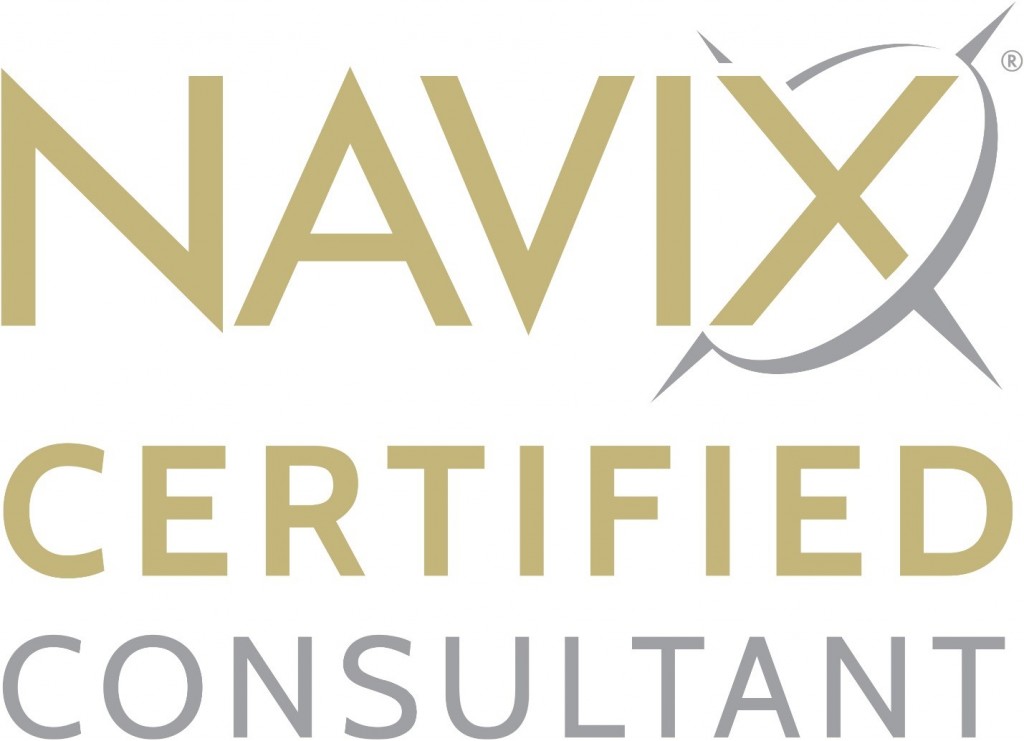Seven Steps to Increase Your Company Value at Sale
17.06.2019

By: Patrick Ungashick
Two Mercedes-Benz sedans of the same make, model and manufacturing year are sold, but one goes for a higher price than the other. There are many reasons this commonly occurs. The car which sells for a higher price may have lower mileage, offer more amenities, is in better condition, or has a better service record.
This phenomenon is not unique to Mercedes-Benz or automobiles in general. The same reality happens with practically any asset, including companies. Take two companies from the same industry and similar size, offer them for sale, and one sells for a premium price compared to the other. It happens all the time. However, there is one important difference between cars and companies. The car that sells for a premium price may get its owner a few thousand dollars more at sale compared to the other car. The company that sells for a premium multiple may get its owner a few hundred thousand or a few million more for its owner. Therefore, it pays to know the right steps to take to maximize value at sale.
There are factors or conditions within a business—practically any business—that will increase (or decrease) its value at sale. If you are a business owner contemplating exiting one day in the future by way of sale, it is essential to know what these conditions are, and create them within your company. As you will see from this introductory article, the conditions take time—usually three to five years or longer—to fully achieve, so the sooner you get started, the better. Pursue these seven steps to make your company potentially sell for a higher price and better terms at your exit
Seven Steps to Maximize Business Value
1.Build a strong team. Companies with excellent leaders and managers are highly valuable. Practically every buyer wants top talent. If your organization has a strong leadership team that stays with the company after your exit, your business is likely more valuable.
2.Reduce dependency on you. If without you, the company will likely have lower sales, weaker operations, or make fewer profits, your company is nearly always going to be less valuable to a buyer. The business’s value cannot walk out the door when you do. (Here’s eight ideas on how to do this.)
3.Organize your financial statements and reports consistent with buyer expectations. Buyers want to see at least three and preferably five years of historical financial statements organized and formatted in a manner consistent with their expectations. Learn what the expectations are in your industry. These requirements could mean audited financials, using accrual and not cash accounting, or following GAAP standards. Make sure your EBITDA is normalized too. All of this work usually improves value at sale, assuming the company’s underlying financial results are attractive.
4.Be ready to present a compelling growth strategy and plan. Buyers purchase companies not for their past results, but their expected future results. Make sure your company can tell a credible and compelling story for how it will achieve significant growth over the next three to five years. This written document is commonly called a strategic plan. Ideally, your industry is a growing industry as well. Companies that can tell this story are nearly always more valuable at sale compared to companies that cannot.
5.Diversify your customer base. Buyers do not like risk, and often will either pay less for a riskier company or pass altogether on buying it. Customer concentration creates risk for buyers. When the faces around the table change, customers (even well-served customers) often pause and ask themselves if this wouldn’t be a good time to re-evaluate their options in your market. Ideally, no more than 10% of your sales and profits for the last several years have come from the same customer(s).
6.Create a brand that others want, and that you indisputably own. Your brand does not have to be the next Coca-Cola, Google, or Nike to offer value to a buyer. If your brand or brands are well-known and respected in your industry, that will nearly always add value at sale. Creating brand value takes time and effort. Make sure you own your brand—having a company, and a website or two is not enough in most situations. Work with experienced advisors to create a valuable and defensible intellectual property (IP) strategy and portfolio. (This webinar tells you how to build brand value.)
7.Remove obstacles to scale. Buyers do not want companies that have barriers to growth. They are attracted to businesses that seem to be well poised to achieve a significant increase in scale. Review all of your business’s vital systems and processes: sales, operations, customer service, financial, training, etc., identify potential or existing bottlenecks and devise strategies for removing them. Ask yourself and your team if your company doubled in size nearly overnight, could that increase in volume be supported? If not, address the limiting factors. Companies that can support growth are typically more attractive to buyers.
More Ideas and Resources
These seven steps will maximize your company’s value at sale. For this reason, we call the business conditions described above the Seven Areas of Transferable Value™. These seven steps might not make your business bigger regarding revenue or profits, but they usually will make it easier and less risky for a buyer—thus increasing your company’s value when it transfers to a buyer or successor.
Certainly, there are other important steps to successfully selling a business. It’s important that you know your company’s critical performance metrics, and make sure that they are all pointing in the desired direction. Also, assemble a competent team to advise and assist you—resist chasing the latest “offer” that arrives in your email inbox.
Maximizing business value takes years of work prior to exit. Owners who wait too long to get started might still be able to sell their company, but they risk missing out on thousands to millions more at exit. If you intend to exit anytime in the next five years (https://www.navixconsultants.com/your-last-five-years-ebook) then it’s time to get started planning your exit.
If you have a quick question coming out of this article or, if you want to discuss your situation in more detail, we can set up a confidential and complimentary phone consultation at your convenience contact Tim 772-221-4499.

 Tim is a Consultant to Business, Government and Not-for-Profits Organizations specializing in innovative and challenging ways for organizations to survive, to thrive and to build their teams.
Tim is a Consultant to Business, Government and Not-for-Profits Organizations specializing in innovative and challenging ways for organizations to survive, to thrive and to build their teams.